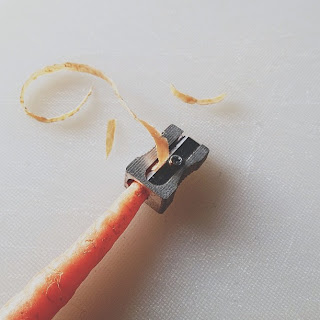My recreated Anzac soldier's diets sought to give people who hadn't experienced the war first hand, a small feeling of what it was like to be in it.
The context was that younger NZers did not know much about the war. The frequent exposure to gore, brutality and tragedy through sensationalized media has resulted in a desensitized culture, rending previous methods of immersion, such as reading a book or watching a documentary, less effective.
I am proposing the use of food (with its engagement of all five senses) as a method of engaging with our desensitized society.
I'm beginning to tie my research in tighter by proposing the question: How can food and experiential design create empathy within a desensitized contemporary culture?
The context was that younger NZers did not know much about the war. The frequent exposure to gore, brutality and tragedy through sensationalized media has resulted in a desensitized culture, rending previous methods of immersion, such as reading a book or watching a documentary, less effective.
I am proposing the use of food (with its engagement of all five senses) as a method of engaging with our desensitized society.
I'm beginning to tie my research in tighter by proposing the question: How can food and experiential design create empathy within a desensitized contemporary culture?
Marije Vogelzang on connecting people with food, creating an understanding.



































































